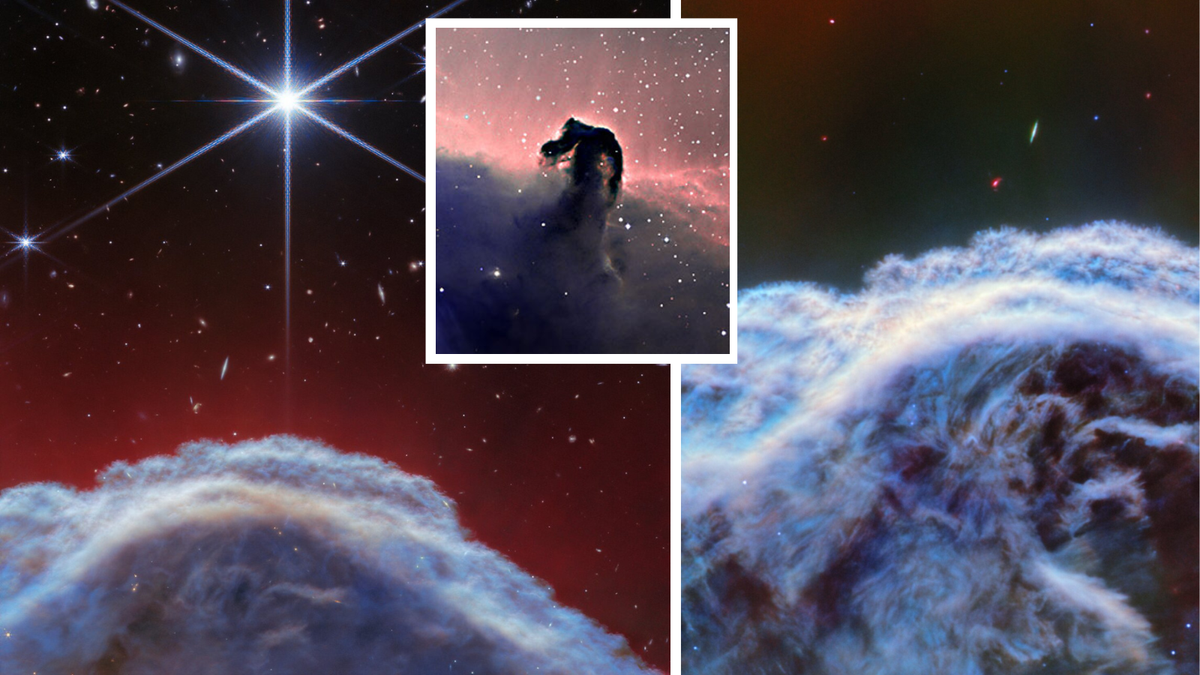The Discovery of Gaia-BH3: A Landmark in Black Hole Astronomy
The recent unveiling of Gaia-BH3, a massive stellar black hole located just 2,000 light-years away from Earth, has sent shockwaves through the astronomical community. Discovered by the European space telescope Gaia, this sleeping giant represents a groundbreaking achievement in the field of black hole research.
Stellar-mass black holes such as Gaia-BH3 are born from the remnants of large stars that have run out of fuel and collapsed. With a staggering mass of 33 times that of our sun, Gaia-BH3 surpasses all previously known stellar black holes in the Milky Way. Its discovery marks the first instance of a black hole of this magnitude originating from such a source being found in close proximity to Earth.
A Closer Look at Gaia-BH3’s Significance
Despite its impressive mass, Gaia-BH3 pales in comparison to the supermassive black hole Sagittarius A* (Sgr A*) at the heart of the Milky Way, which boasts a mass 4.2 million times that of the sun. Supermassive black holes like Sgr A* are formed through a different process, involving the merging of progressively larger black holes over time. Gaia-BH3, on the other hand, offers valuable insights into the population of dormant stellar black holes within our galaxy.
One of the key challenges in identifying dormant black holes is their lack of visible emissions. Black holes are typically only detectable when they are actively consuming surrounding material, resulting in the emission of light and X-rays. However, Gaia-BH3 represents a unique case as it is not currently feeding on any nearby material, raising questions about how such dormant black holes can be located.
Unprecedented Detection Methods
By focusing on stellar motion in binary systems, the Gaia Black Hole Task Force was able to pinpoint Gaia-BH3. Through precise measurements of stellar wobbles, the team identified an old giant star in the Aquila constellation that exhibited an unusual orbit. This wobble indicated the presence of a massive companion, likely a dormant black hole of significant size.
With the sensitivity of Gaia’s instruments, researchers were able to accurately measure Gaia-BH3’s mass, confirming it to be 33 times that of our sun. This groundbreaking discovery not only sheds light on the existence of heavy stellar-mass black holes but also provides valuable data for future astronomical studies.
Furthermore, the nature of Gaia-BH3’s companion star, a metal-poor sub-giant, raises intriguing questions about the formation of black holes in relation to stellar metallicity. The star’s composition, rich in hydrogen and helium but lacking heavier elements, challenges existing theories about black hole birth from metal-poor stars.
Future Prospects and Implications
As scientists eagerly await Gaia’s next data release, expectations are high for the discovery of more dormant black holes in our galaxy. The insights gained from Gaia-BH3’s detection will serve as a springboard for further exploration into the enigmatic world of stellar black holes and their origins.
The research findings on Gaia-BH3 have been published in the prestigious journal Astronomy & Astrophysics, solidifying its place as a landmark discovery in the realm of black hole astronomy.
Image/Photo credit: source url





